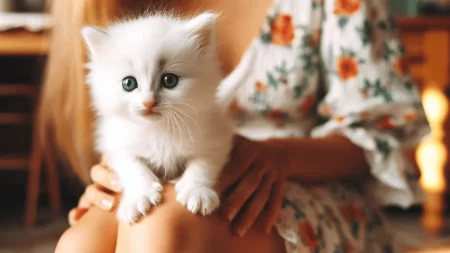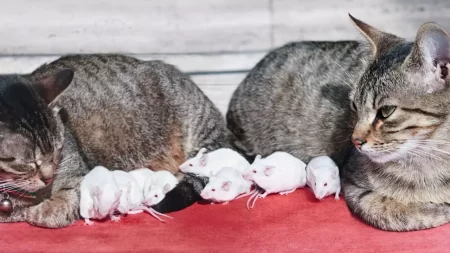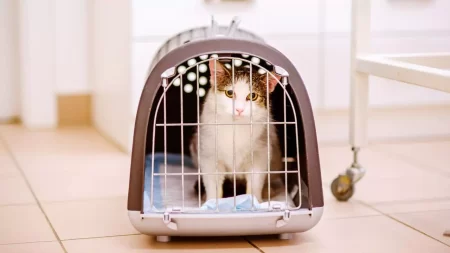Cats are known for their peculiar behaviors, and one of the most common is kneading, also affectionately referred to as “making biscuits.” This endearing act involves rhythmically pressing their paws against a soft surface, often while purring contentedly. While the exact reason behind this behavior remains debated, there are several plausible explanations that shed light on why cats knead.
Understanding Cat Kneading
What is Cat Kneading?
Cat kneading is a repetitive paw-pressing motion that typically involves pushing down and out, alternating between paws. This behavior is often accompanied by purring, which further enhances the comforting effect. Cats may knead on various surfaces, including blankets, pillows, laps of humans or other pets, or even their own bodies.
Is it Normal Behavior?
Cat kneading is a perfectly normal and even instinctive behavior for cats. It is most commonly observed in kittens, as it is associated with nursing and bonding with their mother. However, adult cats often continue to knead throughout their lives, suggesting a deep-rooted behavioral pattern.
Reasons Why Cats Knead
While the exact reasons behind cat kneading remain a topic of research, several theories offer plausible explanations for this behavior.
Instinct from Kittenhood
Cat kneading originates from kittens’ instinctual behavior of stimulating their mother’s mammary glands to encourage milk flow. The rhythmic pawing motion mimics the kneading of the teats, and the association with feeding and comfort remains imprinted in many cats’ minds even after they are weaned.
Happiness, Comfort, and Security
Adult cats often knead as a sign of contentment and happiness. The repetitive motion may have a soothing effect on them, similar to how humans might rub their hands together when feeling relaxed. Kneading may also be a way for cats to express their affection and bond with their owners or other pets.
Marking Their Territory
Cats have scent glands in their paws, and kneading can help them deposit their scent onto a surface or person, marking it as their territory. This behavior is more pronounced in male cats, as they tend to be more territorial than females.
Relaxation and Anxiety Relief
The rhythmic motion of kneading may have a calming effect on cats, helping them to relax and relieve anxiety. This is particularly evident when cats knead while purring, as purring is known to release endorphins, which have mood-boosting and stress-reducing effects.
Stretching and Preparing for Sleep
Kneading can also serve as a way for cats to stretch their muscles and prepare for sleep. The rhythmic motion helps to loosen their joints and muscles, promoting relaxation and comfort before settling down for a nap or night’s rest.
Potential Issues with Cat Kneading
While cat kneading is generally a harmless behavior, there are a few potential issues to be aware of:
Nail Trimming
Regular nail trimming is essential to prevent excessive scratching and damage to surfaces or people. Sharp nails can cause pain or discomfort during kneading, so keeping nails trimmed and blunt is crucial.
Redirecting Behavior
If a cat’s kneading is becoming excessive or destructive, such as kneading on furniture or scratching people’s skin, it may be necessary to redirect the behavior. Providing a scratching post or diverting the cat’s attention to a toy can help to reduce unwanted kneading.
Signs of Stress
Excessive kneading, particularly if accompanied by other signs of stress or anxiety, such as excessive grooming or hiding, may indicate an underlying issue. Consulting a veterinarian can help rule out any medical causes and provide guidance on managing stress in cats.
Conclusion
Cat kneading, or “making biscuits,” is a common and endearing behavior that offers insights into the fascinating world of cats. Whether it’s a sign of happiness, comfort, or simply an instinctive reflex, kneading is a reminder of the deep bond that cats can share with their human companions.







